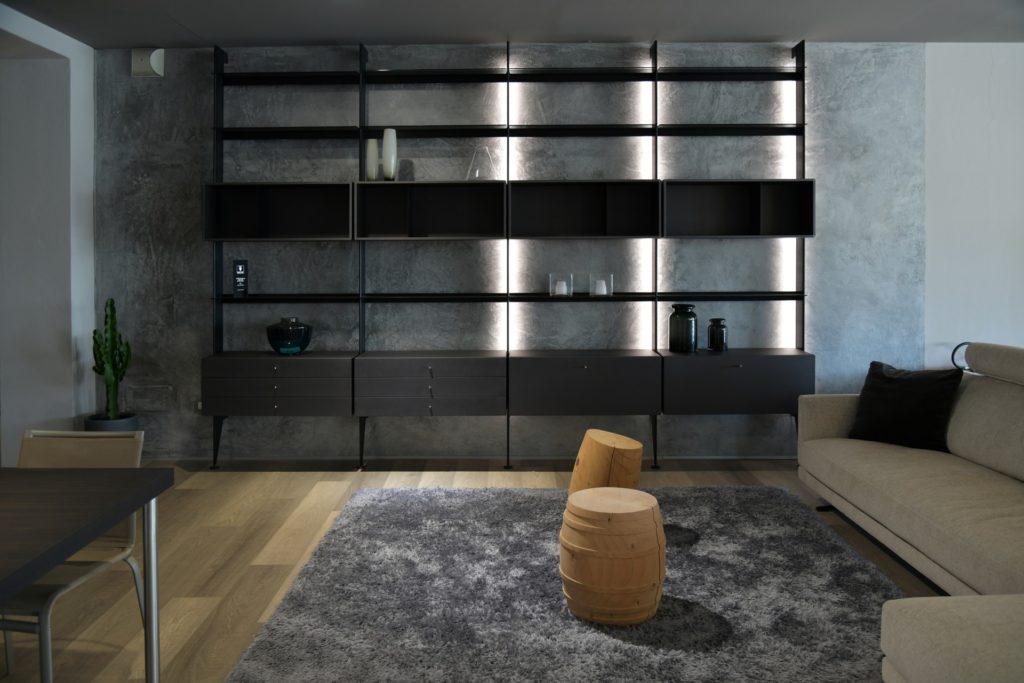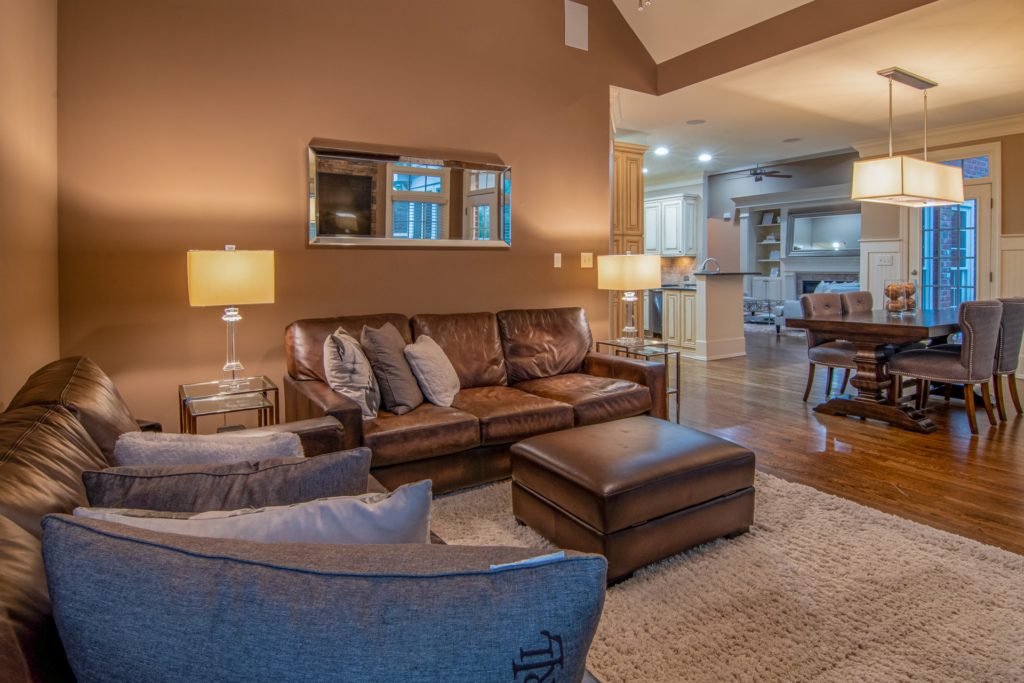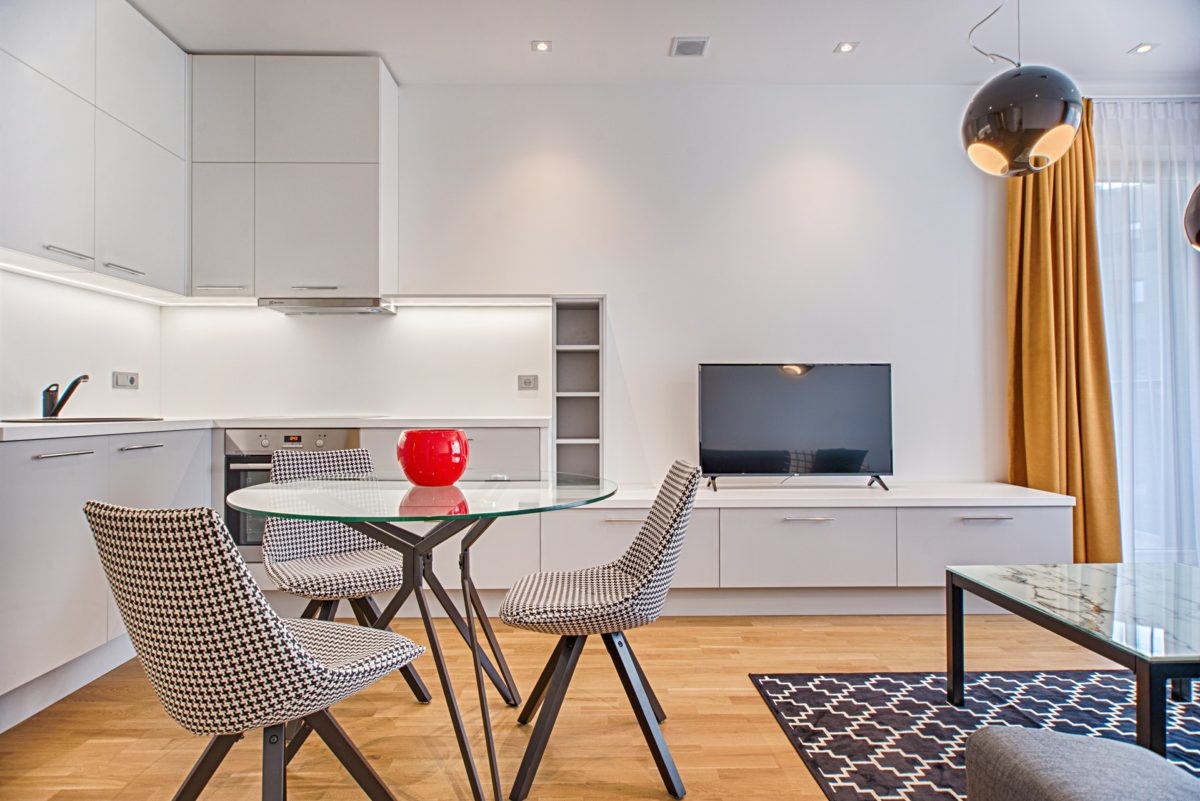As of the current home design market, the Japandi style has slowly become a buzzword. In case you’re wondering what it is exactly, then you’ve come to the right place.
The Japandi style can be defined in simple terms as a concept that focuses greatly on minimalism, but in a slightly different manner than what you’re accustomed to seeing in the past. In this article guide, we’ll be decoding everything you need to know about the Japandi style so that you can easily opt for the same with the help of house painters in Auckland services.
What Do You Mean By Japandi?

Japandi is said to be an emerging trend or style for home interiors which combines two types of design – Japanese and Scandinavian. When it comes to Scandinavian design, it greatly focuses on simple minimalist shapes, clean lines, pale colours and natural materials. The main idea behind such a move is to bring some brightness into the overall look of home interiors, which can be beneficial in the winter months when sunlight will be scarce.
The Japanese design on the other hand also deals with natural materials and clean lines but tends to emphasize more on the negative space. This means the style will make rooms look sleeker and thereby appear more like a museum. It also incorporates the concept of ‘wabi-sabi’ – which is responsible for highlighting the beauty in incomplete and imperfect spaces or objects.
If you try to look at the two styles separately, you’ll be able to spot the differences quickly. Sometimes, Scandinavian design can feel a bit more rustic than usual, where Japanese style is all about maintaining the sleek appearance. The combination of these two elements results in spaces that are full of natural elements leaves more open spaces between them, highlights the empty spaces and continue to maintain the cosy overall feeling.
What Are The Japandi Colours?

When you’re on the lookout to create the perfect Japandi home interiors, then you’ll need to first find the base that will be used for your colour palette. The colours will be closer to classic Scandinavian designs, which are all focusing on the neutral element. However, if you don’t want to use the classic all-white colour, you’ll have options to choose between Japanese warmer tones.
Warmer tones such as cream, beige and brown can be selected as your base colour. You can further add in more colour as well, such as muted blues, blush pink or even grey, black and green – as these colours will attach a hint of drama to the overall style.
Generally, to create the perfect balance between the styles, you can add colours with the help of accessories in your home. The focus should be to create a natural space with darker or brighter colours in small amounts.














